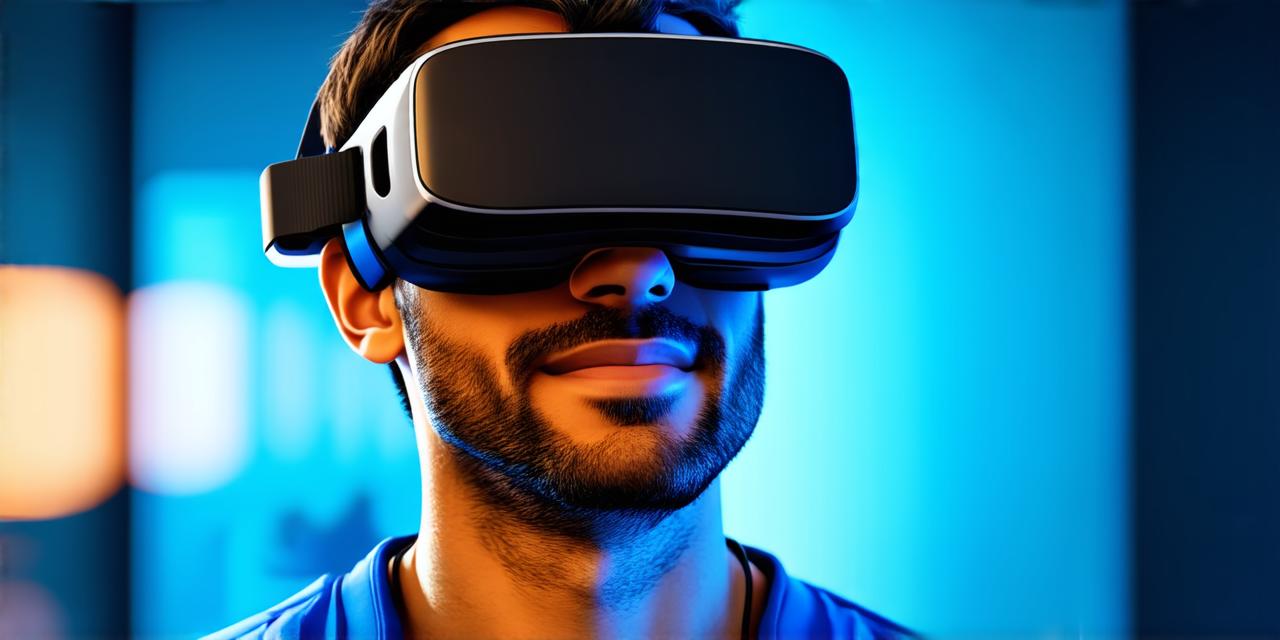Virtual reality (VR) technology has been transforming healthcare for years, and one of the key ways that VR immerses patients is by providing a highly realistic, interactive, and engaging experience. In this article, we will explore some of the reasons why virtual reality immerses patients and how it can benefit their health and well-being.

One reason why VR immerses patients is because it creates a fully immersive environment that engages all of the senses. When a patient puts on a VR headset, they enter a digital world where they can see, hear, feel, smell, and even taste things.
This sense of presence is achieved through a combination of high-resolution visuals, advanced audio technology, and sophisticated haptic feedback systems that simulate the sensation of touch.
Another reason why VR immerses patients is because it allows them to experience situations and environments that they may not be able to access in real life. For example, a patient with a fear of heights can use VR to safely and gradually expose themselves to higher and higher elevations, helping them overcome their phobia.
Similarly, a patient who has undergone surgery or who is recovering from an injury can use VR to simulate physical therapy exercises in a safe and controlled environment.
Virtual reality can also be used to create highly engaging and interactive experiences that are not possible in the real world. For example, a patient with a chronic condition such as diabetes can use VR to learn how to manage their blood sugar levels by simulating various scenarios and receiving instant feedback on their actions.
Similarly, a patient who is struggling with anxiety or depression can use VR to engage in therapeutic activities such as guided meditation, exposure therapy, and cognitive-behavioral training.
Finally, virtual reality can be used to enhance the effectiveness of traditional medical treatments by providing a more engaging and interactive way for patients to learn about their condition and its treatment options. For example, a patient who is receiving chemotherapy can use VR to learn about the side effects of the medication and how to manage them, while a patient with a chronic illness can use VR to learn about self-management strategies and how to take care of themselves.
In conclusion, virtual reality immerses patients by creating a highly realistic, interactive, and engaging experience that is not possible in the real world. By simulating real-world situations, providing highly engaging activities, and enhancing the effectiveness of traditional medical treatments, VR has the potential to revolutionize healthcare and improve patient outcomes.



